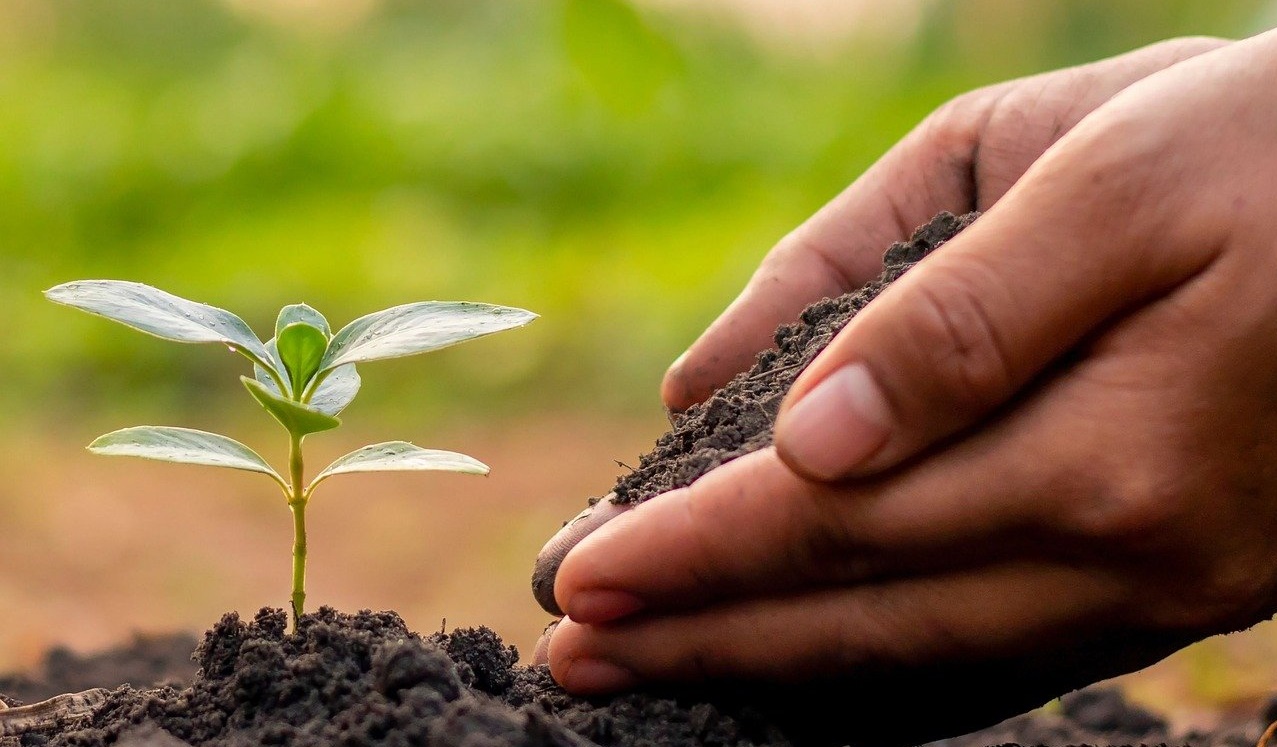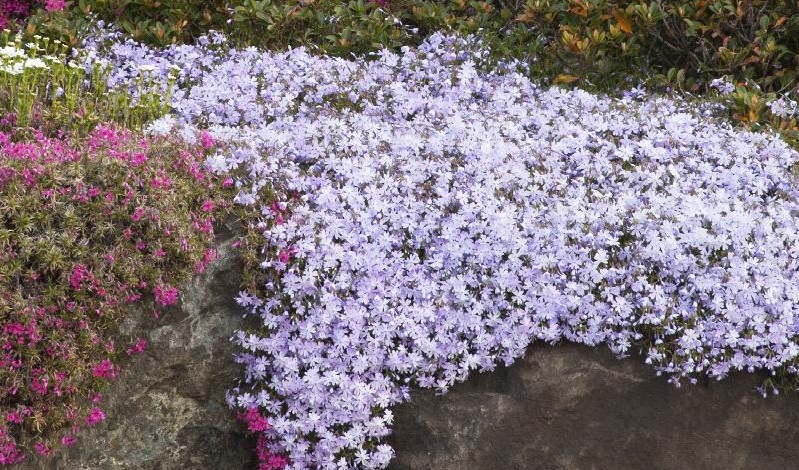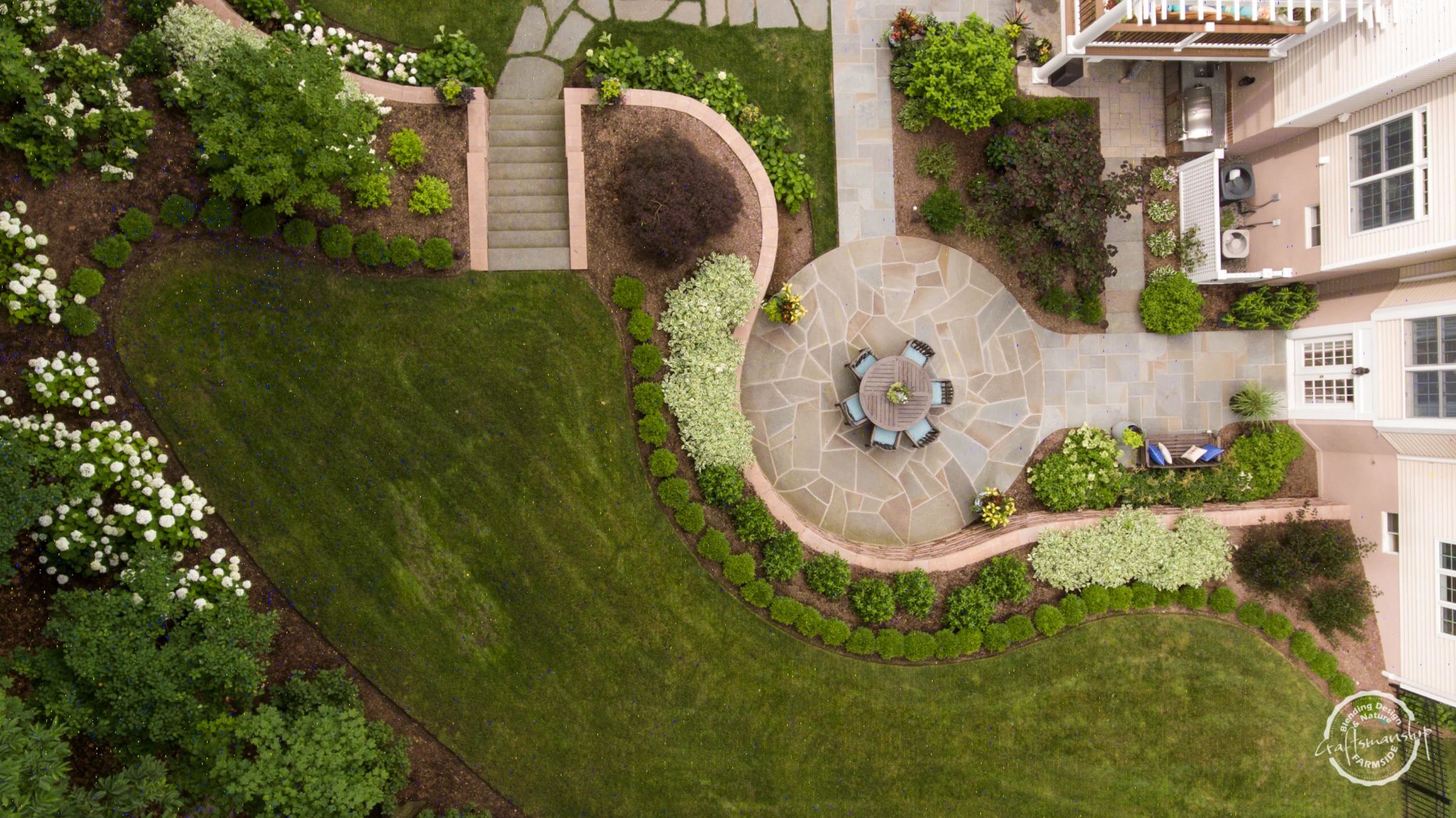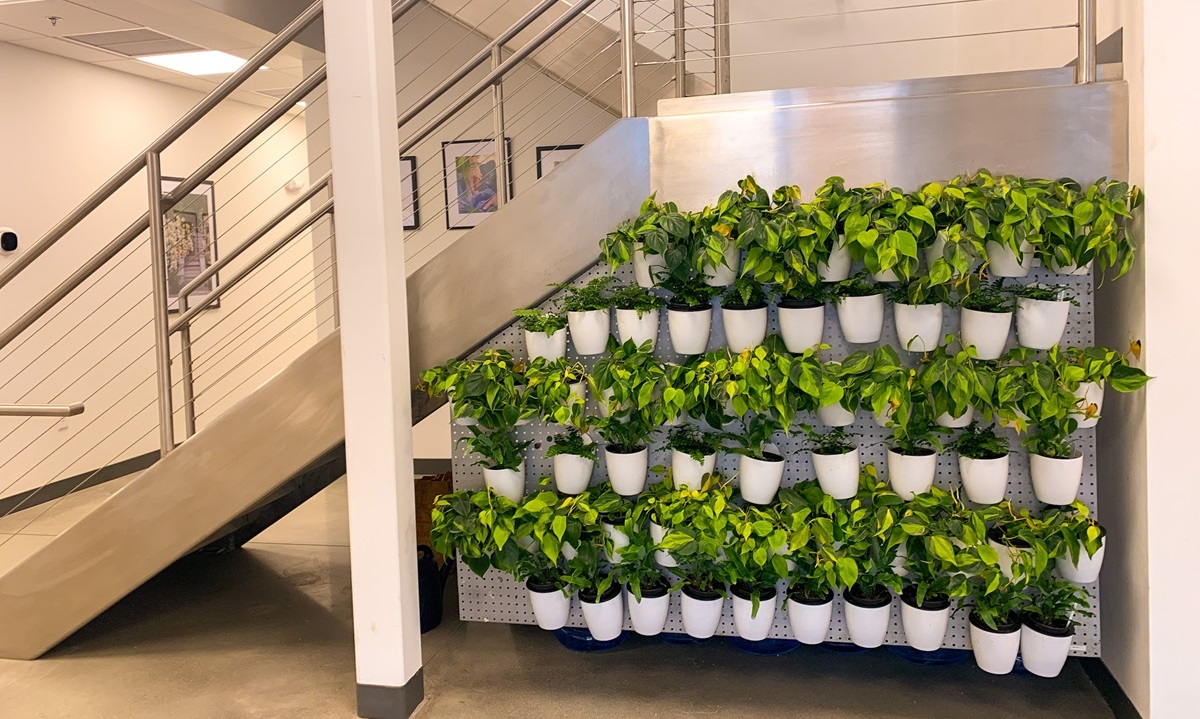Have you ever wondered how and why leaves change color in the fall? The deciduous trees of the northeastern segment of the United States put on a brilliant display of color each autumn – here’s how it happens:
Dormancy in plants is all about energy conservation, relying on the stored sugars produced during the summer to carry them through the winter months. One of the most visible examples of this in our area includes the changing leaf colors of deciduous trees. Leaves lose their green chlorophyll, leaving the brilliant red, yellow and orange hues that have always been present, to finally show themselves. Carotene is responsible for orange colors, xanthophyll for yellow, bright red and purple come from anthocyanin, and brown is a result of tannins. (Note: the most brilliant fall foliage occurs when late summer is dry and autumn days are bright and sunny with nighttime temperatures in the 40’s).
Interestingly, some scientists think that anthocyanin may help trees retain their leaves longer, protecting them from the sun and from frost by lowering their freezing point, giving the tree more time to absorb nutrients. In addition, anthocyanin that seeps into the ground when fallen leaves begin to decay can prevent other plants from growing nearby in the spring that would compete for resources.
At the base of each leaf is a separation or abscission layer of cells. Small tubes in this layer carry water and nutrients from the leaf to the tree during the growing season. In fall, these separation layer cells swell and transform into a cork-like substance, which cuts off the flow of water and nutrients from the leaf to the tree, as well as traps glucose and waste products within the leaf. Without fresh water to renew the cells in the leaf, its chlorophyll disappears.
Behind the scenes, nitrogen, magnesium and phosphates are carried back from the leaves into the branches where they’re deposited in the bark. Once stripped of their nutrients, hormones in the tree signal it to drop its leaves, providing a natural mulch in native habitats and enriching the soil (and the trees from which they fell) with important nutrients as they decompose over time.









